Most scientists have a rational basis for experimentation but then there were (and are) others who ran with their own rules. These are the people I am referring to as 'Mad Scientists' rather than using the more colloquial 'crazy' meaning of the term.
These scientists used their knowledge to contribute to the field of science in one way or another and it's their findings and/or means of experimenting that has landed them on my list... enjoy! (again)
Harry Harlow (October 31st, 1905- 1981)
A psychologist best known for his maternal-separation and social isolation experiments with rhesus monkeys, which demonstrated the importance of tangible affection in social and cognitive development. He is also accredited by many for the spark of animal rights activists due to what some call inhumane experimentation.
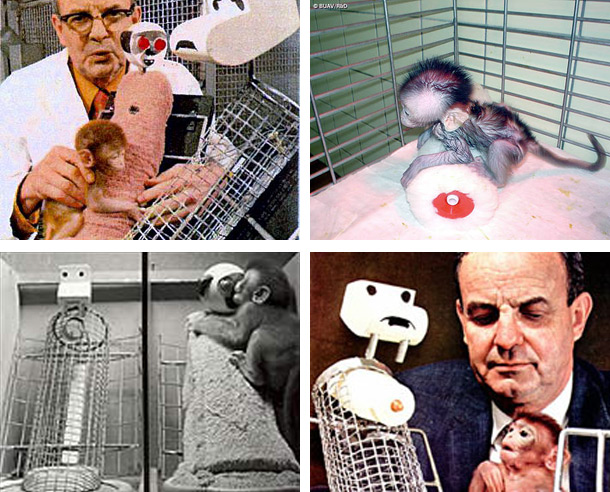
His 'Surrogate Mother' experiments took place between 1953 and 1958 where he would separate young monkeys from their mothers and give them a choice between a surrogate made of either terrycloth or wire. In the first test group, the wire mother provided food while the terrycloth did not. The second group received the opposite, with the terrycloth mother being the sole provider of food. Harlow recorded that the young monkeys had more often chosen the terrycloth mother, even in the absence of food. Harlow would also place the young monkeys in unfamiliar surroundings, watching as they froze in fear. The young monkeys cried, crouched down, or sucked their thumbs, and some of them ran from object to object, apparently searching for the cloth mother as they cried and screamed. Once the monkeys reached an older age. they were separated from their cloth mothers for three days. When reunited with their mothers they clung to them and would not venture off. Harlow claimed from this that the need for contact comfort was stronger than the need to explore.
In 1960 he furthered his research by conduction "partial" and "total" isolation of monkeys. Harlow placed baby monkeys in the chamber alone for up to six weeks in what he called partial isolation. They were allowed to see, smell, and hear other monkeys but were not able to participate in physical contact. Those in total isolation on the other hand were put in an isolation chamber known as the "pit of despair" and were restricted from any contact with other monkeys.
Within a few days, the partial isolation monkeys were reported to have stopped moving about and remained huddled in a corner, staring blankly, repetitively circling in their cages, and conducting self-mutilation. They were found to be psychotic when removed from the chamber, and most did not recover.
The monkeys sentenced to total isolation were contained in an isolation chamber for six, twelve and even twenty-four months, and were permanently damaged.
No monkey has died during isolation. When initially removed from total social isolation, however, they usually go into a state of emotional shock, characterized by ... autistic self-clutching and rocking. One of six monkeys isolated for 3 months refused to eat after release and died 5 days later. The autopsy report attributed death to emotional anorexia. ... The effects of 6 months of total social isolation were so devastating and debilitating that we had assumed initially that 12 months of isolation would not produce any additional decrement. This assumption proved to be false; 12 months of isolation almost obliterated the animals socially ...
Robert J Oppenheimer (1904-1967)
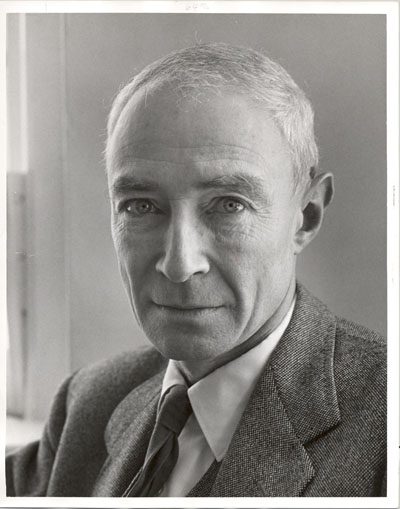
I know, I know, everyone in science loves Oppenheimer. It's my list so you can tell me if I am wrong but I add him into the 'mad scientist' category because he knew that what he was doing was making the world a more dangerous place and he did it anyway. If you are unfamiliar with him, Oppenheimer is known as "the father of the atomic bomb" due to his role as the director of the Manhattan Project , a government project to develop the first nuclear weapon. At Princeton, Oppenheimer became an expert on atomic theory and shortly after was recruited to help with in Manhattan Project.
Although the "Manhattan Project" (1941) was initiated by the U.S. government in response to Nazi Germany's experimentation with Uranium-235, the impact on world culture plus the devastation of Japan lands this scientist on my list. Oppenheimer certainly was not an evil man, but his eagerness for this project and the conclusions he came to find through experimentation with atomic weaponry leads me to believe that he knew only bad would come from this:
"We knew the world would not be the same."
The Manhattan Project was successful, and the first atomic bomb was dropped on Hiroshima on August 6th, 1945; better known as "The day the Earth shook." The blast was equivalent to 12,000 tons of dynamite which generated temperatures of up to 7200 Fahrenheit. It killed tens of thousands of people instantly and left the city in ruins. Shortly after, Oppenheimer left government.
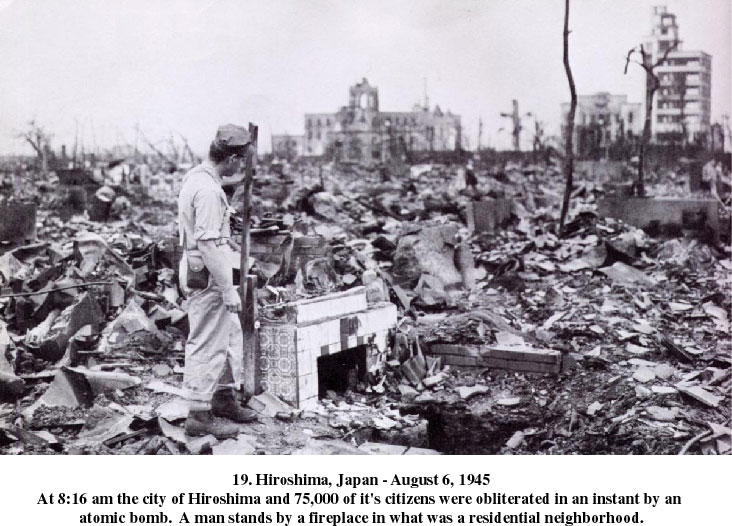
Dr. Jack Kevorkian (1928-current)
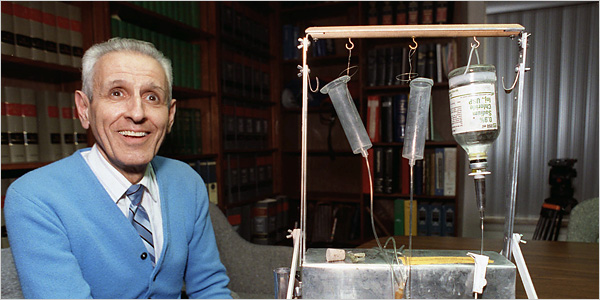
Known as the "Death Doctor" since 1956, Kevorkian is a graduate of University of Michigan's Medical School in 1952 where he chose to follow a career in the medical field; particularly dealing with euthanasia. He wrote a series of articles for the German journal Medicine and Law in which he portrayed his views on a patient's right to die. Although Kevorkian's Medical License was revoked in 1991 by the State of Michigan, this did not stop the "death counselor" by any means. With no longer having the legal ability to euthanize a patient, Kevorkian developed devices that were able to carry a hundred terminal patients to their deaths. These were namely the Thanatron (death machine) and the Mercitron (mercy machine) leading to high-tech suicide of the 21st century.
The thanatron was designed so that patients were the ones to "pull the trigger." A needle was inserted into the patients arm with the IV containing a harmless saline solution. By switching the lever, a solution of sedatives began followed by a lethal injection of poison into the patient. Kevorkian admitted that this machine was easy to build, that "any high school physics student can put it together." That's a nice thought isn't it?
The next device of his was known as the "mercy machine" or Mercitron. This dealt with administering toxic gas instead of the usual IV solutions to euthanize the patient. The Carbon Monoxide was stored in a canister and when a patient activated the device, gas flowed from the container and into their face mask. The inhalation causes blood cells to bind with CO instead of O, preventing the heart from delivering oxygen to the body and brain. This process leads to suffocation within the body and eventually death.
Kevorkian believed the deaths of patients benefit society. He explains that, "the voluntary self-elimination of individual and mortally diseased or crippled lives taken collectively can only enhance the preservation of public health and welfare."
His experimental euthanasia led to the death of nearly one hundred patients (many of whom were not necessarily terminal) but not only did he experiment with killing patients, he also took joy in the dissection of his experimentees. One such case was with Joseph Tushkowski was euthanized on July 7th 1998 and was Kevorkian's 109th known victim. Only he was different than the rest. Kevorkian dissected Tushkowski removing his kidneys and other bodily organs, which he admitted in a conference. According to the International Task Force on Euthanasia and Assisted Suicide, Kevorkian conducted further experiments on a handicapped newborn infant, a man with cerebral palsy, an incompetent 65-year old women, and a 22-year old in robust physical condition.
He was charged with second-degree murder and sentenced to a minimal of 10 years in prison but was was released in only 8 on June 1, 2007 due to "good behavior".
Sigmund Rascher (1909-1945)
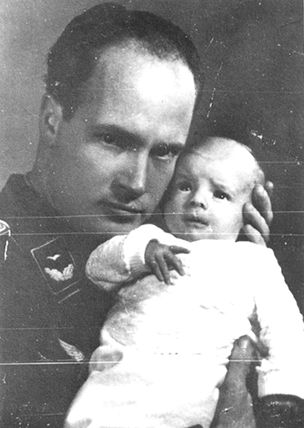
Born in Munich, Rasher was a German SS Doctor and preformed high-altitude experiments on concentration camp (Dachau) victims. His experiments were conducted in an effort beneficial to the German Air Force or Luftwaffe. His mission was to observe and document the effects of high-altitude flight. Seemingly harmless.. think again. Nearly 200 were tested, 10 being volunteers, 70 Russian POW believed to be Communist, and the rest were those in concentration camps. 80 of the 200 died during the experiment and were then autopsied. Rascher examined the brains of the subjects after their skulls were split open (while still conscious) to better document to effects of high altitudes.
Rascher also took part in a chilling set of tests (pun intended) beginning August 1942 which entailed the submersion of victims in an ice water chamber. They were outfitted in full aircraft gear and were subjected to freezing water until their body temperature dropped to 29.5 degrees. A letter by Rascher on February 17, 1943 detailed an experiment involving dry-cold experiment:
Up to the present I have carried out intense chilling experiments on thirty human beings by leaving them outside naked from nine to fourteen hours, thereby reducing they're body temperature to 27-29 degrees. After an interval which was supposed to correspond to a period of transport lasting one hour, I placed these experimental subjects in a hot bath. In all experiments to date, all subjects were successfully rewarmed within another hour despite the fact that their hands and feet were partly frozen white... No fatalities occurred as a result of extraordinarily rapid method of rewarming...





Comments